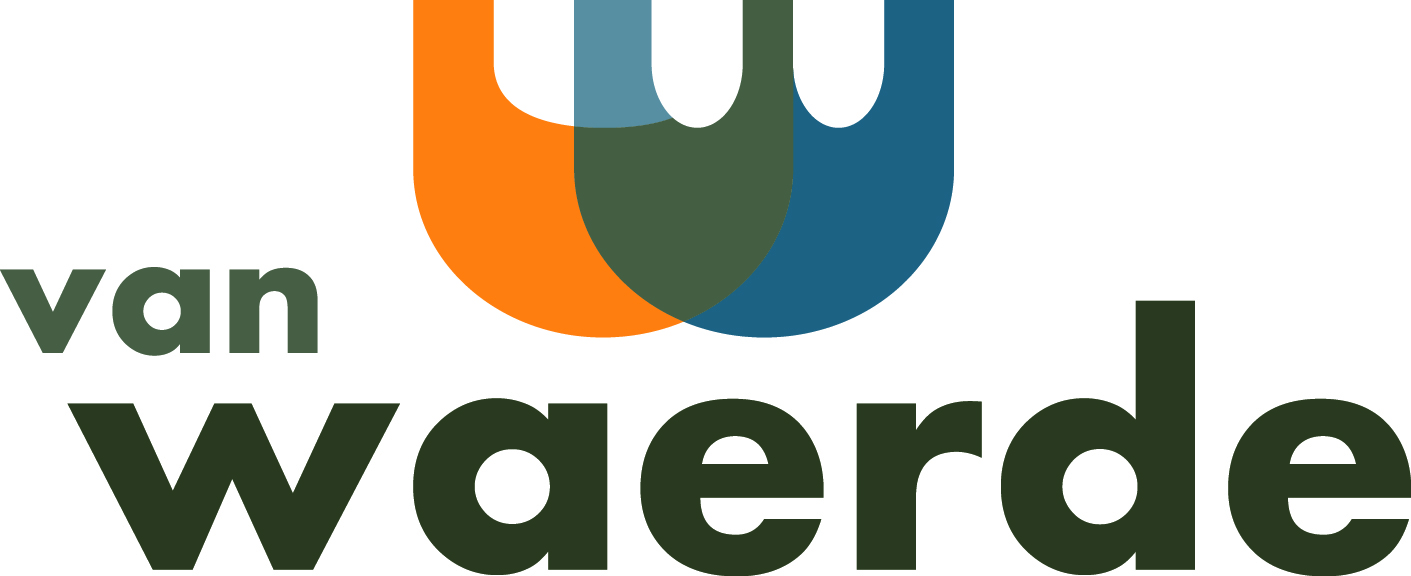
What’s the Right Time to Start Commercial Due Diligence?
Speed, depth and sector focus are crucial in business acquisitions.
So when is the right time to start Commercial Due Diligence—ensuring that within just a few weeks, you know whether the commercial assumptions behind a deal are realistic and sustainable?
When Should You Start Commercial Due Diligence?
A Commercial Due Diligence (CDD) ideally begins immediately after signing the Letter of Intent (LOI)—or at the very least, once sufficient access to internal information has been granted. An early read (a light version of the CDD) ahead of submitting a non-binding offer is also becoming increasingly common, especially in competitive processes.
In any case, ensure that within three to four weeks, you have a clear view of the company’s commercial performance and outlook.
A well-executed CDD report provides sharp insights into:
- Impact on the overall value creation thesis
- Realistic growth and margin expectations
- Commercial risk factors that may impact value
- Pre- and post-deal commercial optimisation opportunities
Why Conduct a CDD in Addition to an FDD?
Alongside financial due diligence (FDD), it’s wise to carry out a Commercial Due Diligence (CDD). While an FDD tells you how the company has performed financially, a CDD reveals whether the commercial engine behind that performance is sustainable in the long term.
A thorough CDD should cover four key pillars: brand, marketing, sales, and communication. Only by evaluating all of these dimensions can you gain a 360-degree view of commercial risks and opportunities.
- Brand: Valuing the brand makes a company’s most important intangible asset visible and quantifiable. It offers a solid foundation for decisions around brand retention or rebranding post-acquisition.
- Marketing: Performance-based analysis shows what current marketing efforts actually contribute—and where there’s room for improvement or efficiency gains.
- Sales: By analysing the overall commercial approach, you uncover the company’s sales potential and scalability—critical for growth projections and integration planning.
- Communication: Often overlooked, communication is the foundation of commercial success. Clear and consistent internal and external communication strengthens the brand, enhances marketing effectiveness, and supports a cohesive sales narrative.
In a Commercial Due Diligence (CDD), we assess both the potential and performance of key commercial areas, including:
- Product–market fit
- Propositions with cross-sell, up-sell, and deep-sell potential
- Price–margin health
- Processes across the full commercial funnel and follow-up
(e.g. policies, automation, CRM, etc.) - Portfolio composition
- Patents and whether they are properly registered
What Is Commercial Due Diligence (CDD)?
Commercial Due Diligence (CDD) is an in-depth analysis of a company’s revenue model, market position, competitive strength, and growth potential. It helps assess whether the target business can realistically deliver on the expected ROI and whether the strategic rationale for the transaction holds up.
Key areas of focus include:
- Market size and growth dynamics
- Competitive positioning and the degree of differentiation and diversification
- Customer concentration, churn, and loyalty
- Duration and strength of commercial contracts
- Marketing and sales effectiveness, and the overall commercial organisation
- Upside potential for buy-and-build strategies or international expansion
Our Approach
For private equity firms, speed, depth, and sector focus are essential.
Assessing whether the commercial assumptions behind a deal are realistic requires a combination of market analysis, financial review, benchmarking, and critical interrogation of the assumptions themselves.
During the few weeks in which the Commercial Due Diligence is executed:
- Assumptions are validated;
- We conduct customer interviews, analyse active contracts, and assess churn and retention drivers;
- We challenge growth projections that lack a clear supporting strategy.
A good CDD partner also contributes proactively to exit strategies, KPI monitoring, and commercial optimisation.
We follow a five-step approach:
1. Assumption Analysis
We assess the assumptions in terms of content and source:
- Are the assumptions clearly defined?
For example: 15% revenue growth, 5% margin improvement within 12 months with product X in sector Y. - Who defined them—and why? Sales, finance, or management? This helps assess realism.
- Are they based on historical performance or future expectations? (Benchmarking in step 2 adds insight here.)
2. Market and Industry Benchmarking
We compare the assumptions with relevant data from industry reports, trade associations, and public financials of comparable businesses:
- Are growth projections in line with the market?
We review industry growth, competition, and geopolitical or economic outlook. - Are margins realistic when compared to peers?
3. Review of Historical Performance
We also evaluate the company’s historical performance:
- What has revenue and margin growth looked like over the past 3 to 5 years?
- Have there been similar deals under comparable conditions? What were the outcomes?
- Are there notable deviations from the past—and if so, why?
4. Financial Modelling and Scenario Analysis
We use the findings to test the assumptions in a financial model:
- We develop three financial scenarios: base case, upside case, and worst-case.
- We determine the break-even point and test how sensitive the model is to slight changes in revenue or costs.
- We assess whether the company’s cash flow can withstand outcomes where assumptions don’t fully materialise.
5. Risk Analysis
Finally, we identify and evaluate risks:
- What are the key external risks (market, regulation, customer concentration)?
- What are the internal risks (operational capacity, staffing)?
- Are there mitigating measures built into the deal structure?
